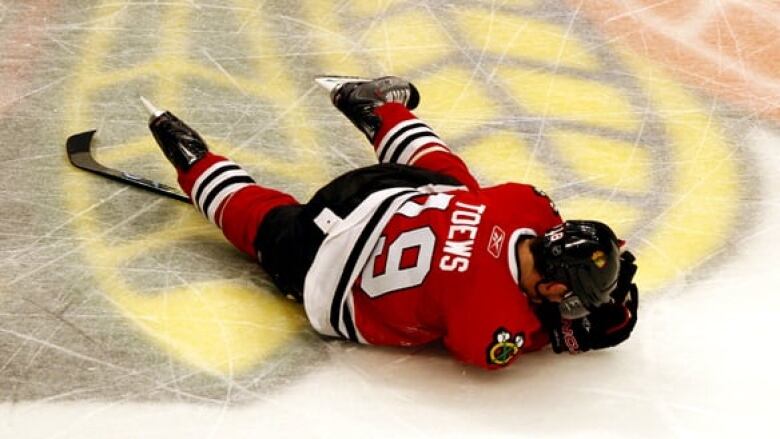The danger of returning to play too early

You only suffered a minor bump to the head.
But you could be setting yourself up for trouble — especially if you're a child or an adolescent.
Researchers from the University of California at Los Angeles reported that the effects of a blow to the head — whether it's mild or a concussion — can linger for years. The researchers found that even mild head injury could hamper the development of the young brain two years after the injury.
Other research has suggested that once a person has had a concussion, he or she is as much as four times more likely to sustain a second one. After several concussions, it takes less of a hit to cause another concussion — recovery takes longer.
Not sure whether you've suffered a concussion? Some of the physical signs doctors will look for include:
- A loss of consciousness or impaired consciousness.
- Poor co-ordination or balance, easy distractibility and poor concentration.
- Slowness answering questions and following directions.
- Vomiting, slurred speech, personality or behaviour changes.
Symptoms you might feel include headache, dizziness, nausea, feeling unsteady, feeling "stunned" or "dazed," seeing stars, ringing in the ears or double vision. You may also feel depressed or moody.
In a study published in the journal Pediatrics, researchers at McMaster University in Hamilton, Ont., suggested that concussions in children be renamed "mild traumatic brain injuries" to better convey their seriousness.
"When we would try to recruit the children and their families [for the study], we kept hearing families say to us, 'No, it's OK, my child doesn't have a brain injury, he only has a concussion,'" DeMatteo recalled. She wondered how common the perception was, and whether it made a difference to treatment and to recovery.
She found that children diagnosed with concussion were 1.5 times more likely to be released from hospital earlier than those who were diagnosed with traumatic brain injury. They were also 2.4 times more likely to return to school just a few days after the injury.
In 2006, The ThinkFirst-SportSmart Concussion and Education Awareness Program issued guidelines for concussion management. It had a refined definition of concussion, which included:
- Concussion can be caused by a direct blow to the head, face, neck, or elsewhere on the body with an "impulsive" force transmitted to the head.
- Concussion typically results in the rapid onset of short-lived impairment of neurologic function that resolves spontaneously.
- Concussion can result in neuropathologic changes, but the acute clinical symptoms largely reflect a functional disturbance rather than structural injury.
- Concussion results in a graded set of clinical syndromes that might or might not involve loss of consciousness. Resolution of the clinical and cognitive symptoms typically follows a sequential course.
- Concussion is typically associated with grossly normal structural neuro-imaging studies.
The program recommends a six-step gradual return to play for young athletes who had suffered a concussion. Those steps included:
- Complete rest until the patient no longer had any symptoms.
- Light aerobic exercise like walking or stationary cycling.
- Sport-specific exercise (eg, skating for hockey players, running for soccer players).
- Non-contact training drills.
- Full-contact training only after clearance by a doctor.
- Back in the game.
Key in the program's message is to err on the side of caution: Never let a player on the field or the rink if you suspect they may have a concussion.
On Nov. 1, 2010, the American Academy of Neurology came out with its recommendations on dealing with concussions among youth athletes. They are:
- Any athlete who is suspected to have suffered a concussion should be removed from participation until he or she is evaluated by a physician with training in the evaluation and management of sports concussions.
- No athlete should be allowed to participate in sports if he or she is still experiencing symptoms from a concussion.
- Following a concussion, a neurologist or physician with proper training should be consulted prior to clearing the athlete for return to participation.
- A certified athletic trainer should be present at all sporting events, including practices, where athletes are at risk for concussion.
- Education efforts should be maximized to improve the understanding of concussion by all athletes, parents and coaches.
Concussion experts note that young athletes are often keen to return to play as soon as possible and may be reluctant to report symptoms, which is why it's critical to watch kids carefully. "When in doubt, sit them out."